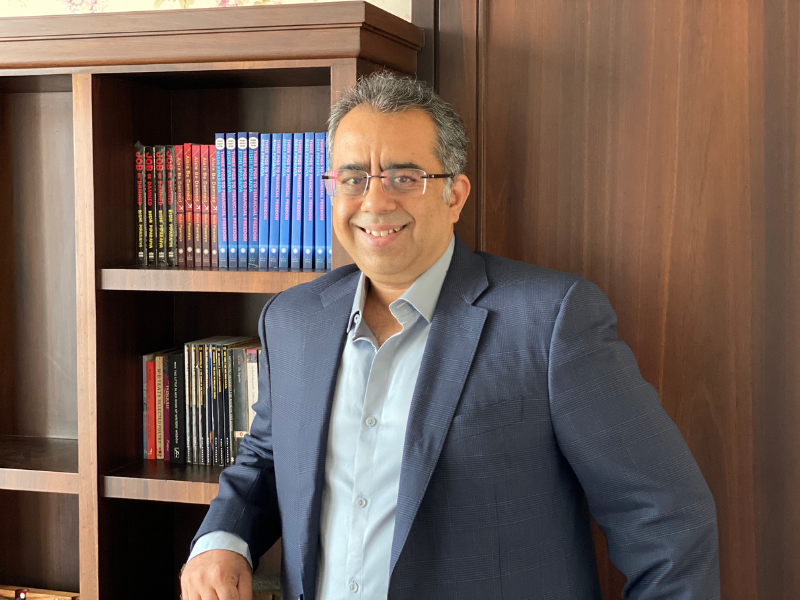Rishi Piparaiya – Best Selling Author and Financial Mentor

One of our most significant responsibilities as parents is educating our children to the best of our abilities and education is getting expensive, even more so if one wishes to send their children abroad for higher studies. If you are hoping to do so, there are some essential aspects that you need to keep in mind.
Fees are significant: The tuition fee alone in a good US university is about $60,000. Add in the cost of living expenses, food, travel, books etc., and you are looking at $90,000 or Rs. 75 lakhs per year at current exchange rates.
Inflation will impact you: Let’s assume your child has just started play school. The cost of education abroad has generally increased by about 4% to 5% yearly. So, a year of college could cost $200,000 per year in fifteen years when your child is ready for college.
Exchange Rates can be a double whammy! Fifteen years ago, the USD to INR rate was ~Rs. 40; today, it is Rs. 80. If the same trends continue, one US dollar will be worth Rs. 160 in fifteen years. So a year of education at that time will cost you $200,000 x Rs. 160 = over Rs. 3 crores.
In summary, a four-year degree abroad that currently costs Rs. 3 crores (Rs. 75 lakhs x 4 years) could cost Rs. 12 crores (Rs. 3 crores x 4 years) in fifteen years because of inflation and currency rates. And if that is the quantum of money you need to save, here are some things you need to do:
- Start immediately: The earlier you start investing for your children’s future, the more time your money will have to compound. So do not delay the saving process–begin as soon as possible. However small the amounts may seem.
- Have a budget: When it comes to such huge expenses, you cannot financially wing it through life. Plan your finances, take stock of your expenses, and figure out how much you can park aside for your children each month. And then stick to the plan.
- Invest in equities: If you have the benefit of time, you must take reasonable exposure to equities. Historically, that asset class has the most potential to give returns that can help you beat inflation and currency risk.
- Start transferring money abroad. Indian citizens can send up to $250,000 abroad annually under the Liberalized Remittance Scheme (LRS). Start using it. However small the amounts may be. Saving some money abroad helps avoid currency risk; if your money is already converted to dollars, the exchange rate in the future is irrelevant.
- Get adequate insurance: You want to avoid unexpected events disrupting all your plans for your kids. Get adequate health insurance for medical emergencies and life insurance to cover unfortunate events.
- Explore all financing options: Lastly, look for scholarships and financial aid that can defray some of these costs. Research colleges that may be less expensive but still offer excellent education. And look at ways to defray some of these costs.
Investing in your child’s education is investing in their future. So start early, research options, plan your finances, be prudent, and prepare for contingencies.
Also Read: Transforming Traditional Teaching with AI: “New Possibilities for K-12 Education”